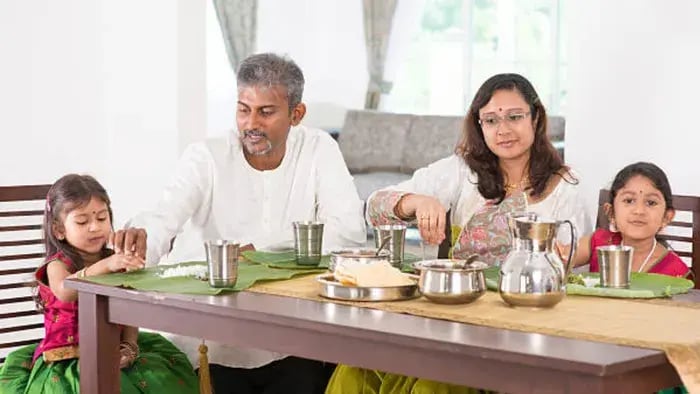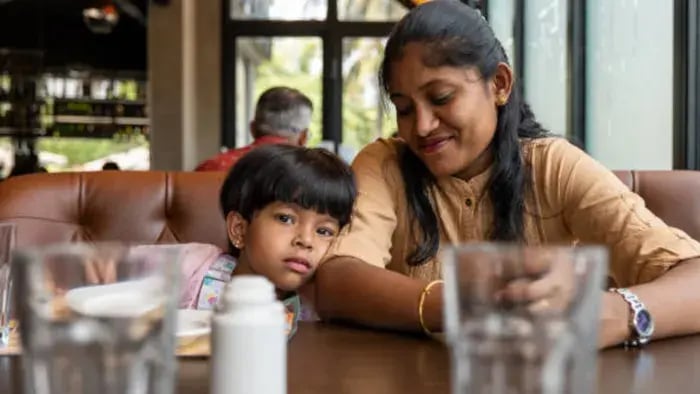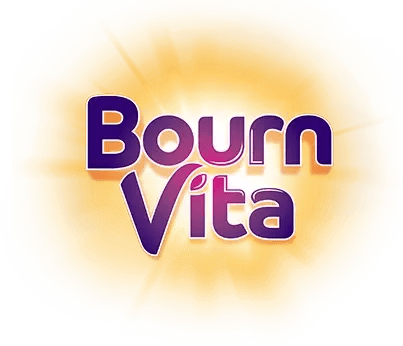- Supports Brain Development
- Boosts Eye Health
- Supports Emotional Balance and Mood
- Strengthens Immunity
- Promotes Heart and Bone Health
- Flaxseed Roti (Alsi ka Paratha)
- Walnut & Banana Sheera
- Chia Seed Curd Rice with a Twist
- Mustard Oil Vegetable Stir-Fry (Sarson Tel ki Sabzi)
- Oats and Flaxseed Cheela
Introduction
Omega-3s are brain fuel for growing kids, according to a study published, Nutrients. 2020, these healthy fats are responsible for sharp memory, steady focus, emotional balance and strong immunity. For kids who are constantly learning, moving and adapting to their environment, getting the right amount of omega-3 can make a big difference in their development, both mentally and physically.

Unlike some nutrients, the body can’t produce omega-3 on its own. So it has to come from food. While fish is one of the best-known sources, many Indian households look for vegetarian or child-friendly options. Fortunately, Indian cuisine has simple and familiar foods that naturally have or can be enriched with omega-3s. These include everyday items like walnuts, flaxseeds, certain oils, and even leafy greens, making it easier for parents to add this essential nutrient to their child’s plate.
Understanding omega-3 and its sources doesn’t have to be complicated. With a little planning and some smart food choices, you can support your child’s brain, eyes, and overall growth without relying on supplements. It’s about using what’s already in your kitchen and knowing how each ingredient supports your child’s well-being.
Why Omega-3 Matters for Children: 5 Important Reasons to Add It to Your Child’s Diet?

Supports Brain Development
According to a study published in Nutrients. 2013, DHA (docosahexaenoic acid), a type of Omega-3, is one of the primary building blocks of your child’s brain. It helps neurons communicate effectively, which in turn supports memory, attention, and learning speed. Kids with low DHA levels have been observed to show more signs of learning difficulties and poor focus.
Boosts Eye Health
As per a study published in J Biol Chem. In 2017, our eyes need DHA, which plays a critical role in the development and maintenance of the retina. Proper Omega-3 intake has been linked to sharper vision, reduced risk of dry eyes, and better eye coordination. This is especially important as your child starts reading, writing, or spending more time with screens for studies.
Supports Emotional Balance and Mood
Children, just like adults, go through mood swings and emotional changes. Research published in Oxid Med Cell Longev. 2014, suggested that Omega-3, particularly EPA (eicosapentaenoic acid), supports the production of brain chemicals like serotonin and dopamine, both of which affect mood and emotions. Children with higher Omega-3 intake often exhibit fewer signs of irritability, anxiety, or frequent emotional outbursts.
Strengthens Immunity
Children constantly get sick due to infections as their immune systems are still developing. Studies published in Int J Mol Sci. 2019, Omega-3 fatty acids help reduce inflammation and support immune cell function, giving your child better resistance against seasonal illnesses, cough, colds, and even skin allergies. It also helps in managing asthma symptoms in some children.
Promotes Heart and Bone Health
Though heart and bone issues are more often discussed in adults, childhood is when the foundation for a healthy life is built. According to a study published in Treasure Island 2025, Omega-3 helps manage cholesterol levels, supports better blood circulation, and enhances calcium absorption, making bones stronger. For lactose-intolerant kids who miss out on calcium-rich dairy, Omega-3 also helps the body use other sources of calcium more efficiently.
5 Easy Indian Dishes Rich in Omega-3: Nourishing Picks for Growing Kids
Flaxseed Roti (Alsi ka Paratha)
Research published in Can J Cardiol. 2010, states that flaxseeds are among the richest plant sources of Alpha-linolenic acid (ALA), a type of Omega-3 fatty acid. By simply mixing roasted flaxseed powder into your regular whole wheat dough, you create a simple roti that supports your child’s brain and heart health.
Walnut & Banana Sheera
According to a study published in Nutrients. 2020, walnuts are well-known for their high Omega-3 content and brain-boosting benefits. Combine them with semolina and banana in a sheera (or suji halwa) to create a sweet dish your child will love. The softness of the banana complements the crunch of the walnuts, and the natural sweetness means you can reduce added sugar.
Chia Seed Curd Rice with a Twist
Study conducted by, J Food Sci Technol. 2015, suggested that chia seeds may be small, but they’re incredibly rich in Omega-3, calcium, and fiber. One clever way to introduce them is by adding soaked chia seeds to curd rice. While this dish is usually dairy-based, you can easily substitute dairy curd with a plant-based alternative like coconut or almond curd for lactose-intolerant kids. Serve it chilled in the summer—it’s hydrating and gut-friendly too.
Mustard Oil Vegetable Stir-Fry (Sarson Tel ki Sabzi)
Mustard oil is traditionally used in many Indian households, especially in the East and North. According to FSSAI, it is naturally rich in Omega-3 and adds a pungent aroma to sabzis that’s hard to miss. Use it to stir-fry vegetables like carrots, green beans, pumpkin, or potatoes. The trick is to heat the oil till it smokes, which neutralises its sharpness, and then add the veggies with minimal spices.
Oats and Flaxseed Cheela
Cheelas are a wonderful way to feed picky eaters. It needs a batter made from oat flour, roasted flaxseed powder, and spices to create a crispy, golden pancake that’s both satisfying and nutritious. You can add finely grated vegetables like carrot, bottle gourd, or beetroot to make it more colorful and study published in Food Sci Technol. 2011, it is very fibre-rich. Serve it with mint chutney or a squeeze of lemon.
Conclusion

Including Omega-3-rich Indian dishes in your child’s diet is a simple way to support brain growth, eye health, mood balance, and immunity. From flaxseed rotis to walnut sheera, these meals are tasty, nourishing, and suitable even for lactose-intolerant kids. Small additions can make a big difference in your child’s overall development.
Her love for storytelling began with reading her grandfather’s speeches, where Tarishi saw the power of words in creating lasting memories. Combining her passions for food and writing, she has turned her life into a fulfilling path of sharing stories that celebrate flavours and how food brings communities together.
The views expressed are that of the expert alone.
The information provided in this content is for informational purposes only and should not be considered a substitute for professional medical advice, diagnosis, or treatment. Always seek the advice of your physician or another qualified healthcare provider before making any significant changes to your diet, exercise, or medication routines.
References
https://www.ncbi.nlm.nih.gov/books/NBK564314/
https://pmc.ncbi.nlm.nih.gov/articles/PMC6834330/
https://pmc.ncbi.nlm.nih.gov/articles/PMC3976923/
https://pmc.ncbi.nlm.nih.gov/articles/PMC5519357/
https://pmc.ncbi.nlm.nih.gov/articles/PMC3738999/
https://fssai.gov.in/upload/media/FSSAI_new_mustard_Express_28_06_2021.pdf
https://pmc.ncbi.nlm.nih.gov/articles/PMC4926888/
















